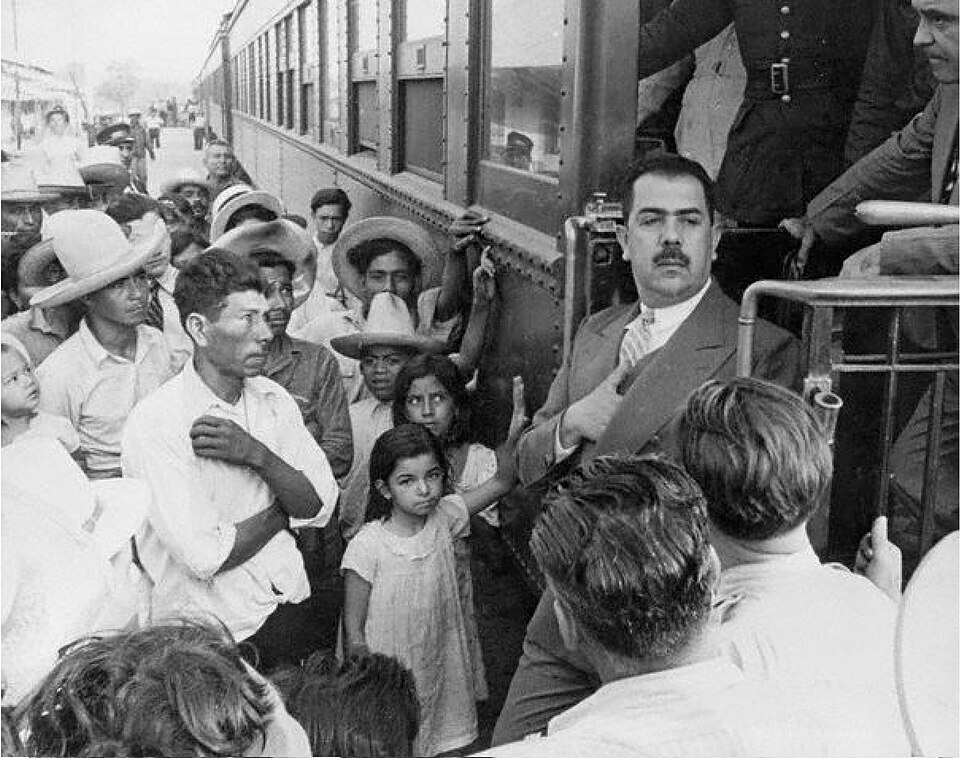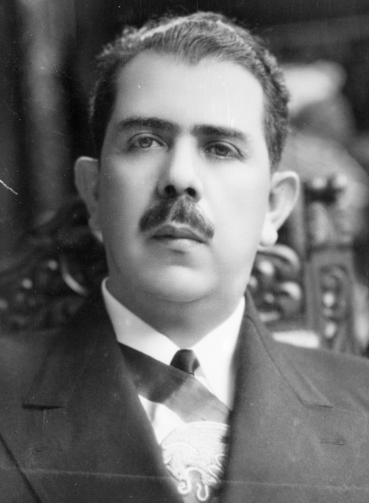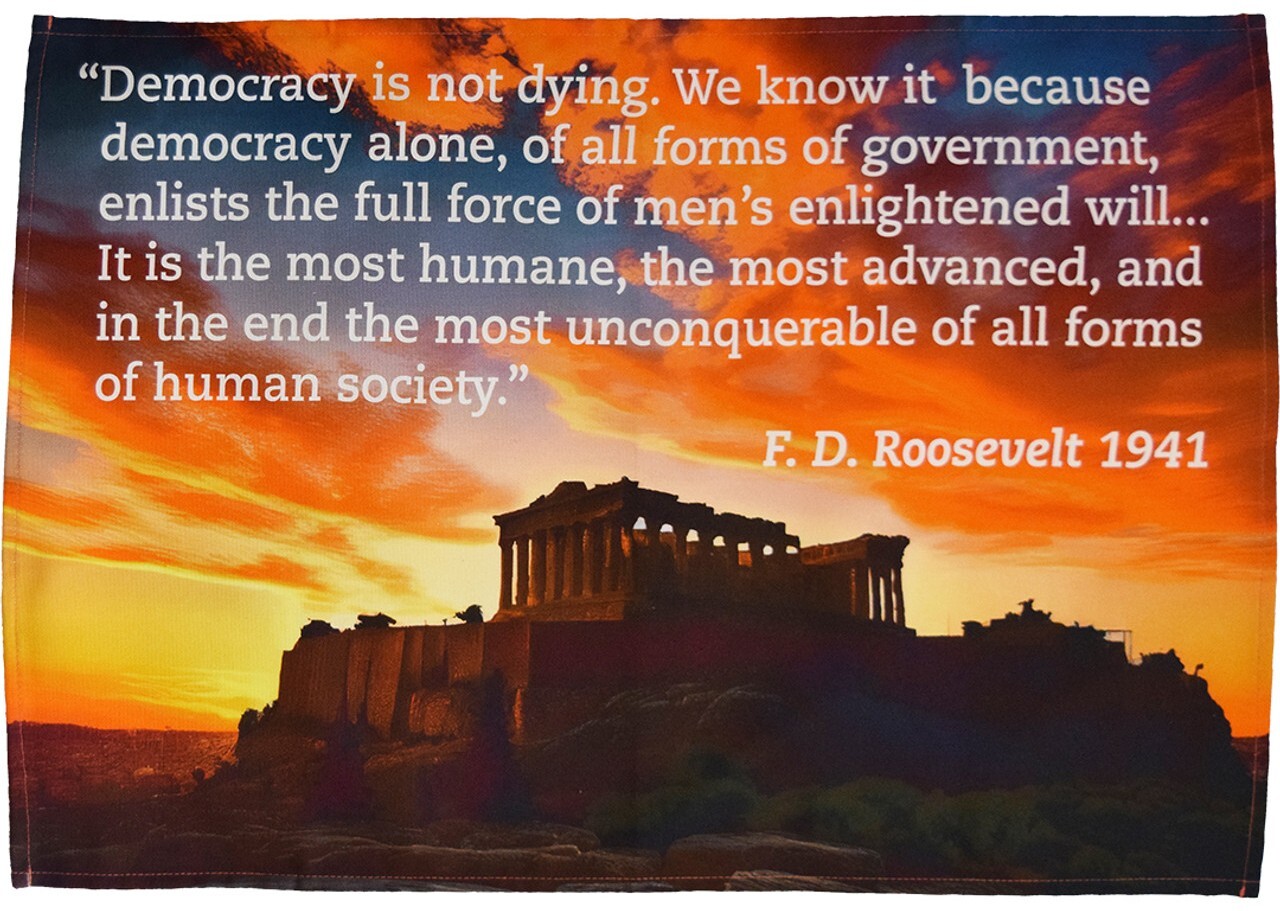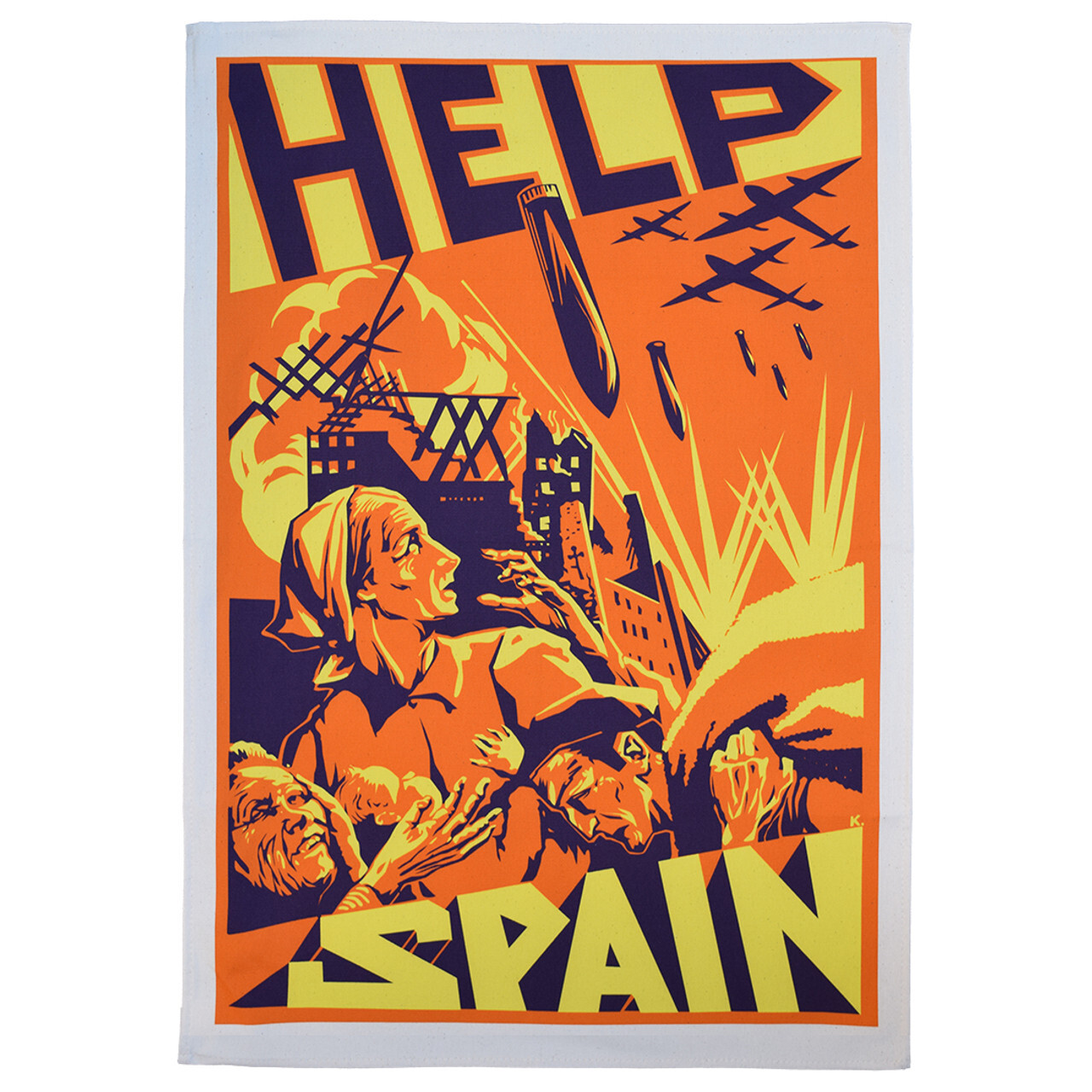Lázaro Cárdenas: the most progressive 20th century head of government you've never heard of?
Posted by Pete on 19th May 2025
Lázaro Cárdenas del Rio sought to implement progressive politics in Latin America...

Cardenas in 1937 (By Doralicia Carmona Dávila)
The Mexican Revolution did not end when the fighting stopped in 1920.
In fact, the most radical phase of the Revolution began more than a decade later, when Lázaro Cárdenas was elected President in 1934.
Cárdenas expanded land reform, nationalised vital Mexican resources, and took a stand against international fascism.
Alongside Roosevelt’s New Deal, Cardenismo was part of the global constellation of progressive visions for social change enacted during the mid-twentieth century.
Several world leaders sought to combine effective democratic government with socially progressive policies in the mid-20th century
See the New World War 2 Collection
Lázaro Cárdenas del Río was born into a lower-middle-class family in the western Mexican province of Michoacán in 1895.
Cárdenas had wanted to be a schoolteacher until, in 1910, the Mexican Revolution began.
A popular left-wing coalition took up arms to overthrow the oligarchic dictatorship of Porfirio Díaz.
Through the political twists and turns of the next ten years, Cárdenas fought for various of the revolutionary leaders in México, including Emiliano Zapata and Pancho Villa.
By 1920, when Díaz’s regime had been overthrown and the subsequent civil war among the different revolutionary factions ended, Cárdenas had risen to the rank of Brigadier General.
In Mexico as elsewhere, the early 20th century saw an oppressive dictator do battle with more progressive visions of the future
See the Warning Against Fascism tea towel
The shooting war may have stopped in 1920, but the Mexican Revolution was still going.
The Revolution was a process rather than a single event. It was something whose meaning and direction was struggled over, not self-evident.
During the mid-1920s, under the presidency of Plutarco Elías Calles (1924-8), the Mexican Revolution took a rightward turn.
The radical Mexican Constitution of 1917 and leaders like Zapata had made strong commitments to redistribute land from large proprietors to landless peasants, and to build up the Mexican trade union movement.
Calles abandoned these commitments. He rolled back land reform and turned against organised labour.
And politically, too, Calles was also reactionary.
Although he formally stepped down at the end of his term in 1928, Calles remained the de facto ‘power behind the throne’ in México.
From 1928 until 1934, Calles simply oversaw a chain of puppet presidents.
But then came Lázaro Cárdenas...
Cárdenas had been a nominal protégé of Calles, although he’d always been interested in the socially radical aspects of the Revolution.
Nevertheless, Calles trusted that he could manage Cárdenas as President when he was elected in 1934.
But Calles couldn’t have been more wrong.

Lázaro Cárdenas, President of Mexico 1934-1940
President Cárdenas was determined to restore the social democratic ambition of the earlier Mexican Revolution.
He rebooted the land reform. More land was redistributed from exploitative ‘hacendados’ to the peasantry under Cárdenas than during any other period of the Revolution.
Cárdenas also nationalised Mexican petroleum reserves in 1938, braving a showdown with the big Western oil companies.
The Mexican oil nationalisation paved the way for future governments in the Global South to assert their economic sovereignty, too. It was Cárdenas who showed that it was possible.
In 1935, Calles tried to flex his political muscle to bring Cárdenas’ back into line.
But it failed. Cárdenas’ reforms had already built up enough support among the Mexican working classes to make backroom politicking meaningless.
Calles’ power behind the throne was spent.
In foreign policy, too, Cárdenas renewed the radical internationalism of the Mexican Revolution.
Unlike other Latin American governments – and even FDR in the US – Cárdenas fully supported the democratically-elected Spanish Republic against Francisco Franco’s fascist rebellion in 1936.
Cárdenas' was one of the few governments to sell arms to Republican Spain to allow it to defend itself.
Cárdenas also welcomed thousands of Spanish political refugees to México, and his government denounced the appeasement of Franco at the League of Nations.
Cárdenas' government supported Republican Spain in its fight against fascism in the 1930s
See the Spanish Civil War tea towel
When his term ended in 1940, Cárdenas, unlike Calles, actually gave up power to his successor.
Until his death in 1970, Cárdenas continued to express support for the left-wing ideals of the Mexican Revolution, at home and abroad.
Cárdenas welcomed the Cuban Revolution of 1959 as a renewal of progressive politics in Latin America after the stifling effects of the early Cold War, and he helped to lead the international opposition to the US invasion of Vietnam.
In México, too, Cárdenas opposed the reactionary turn of government policy during the 1950s and 1960s, as it drew closer to the US line in Latin America and all of the right-wing violence that position entailed.
Lázaro Cárdenas, then, may well be the most progressive twentieth-century head of government you’ve never heard of.



